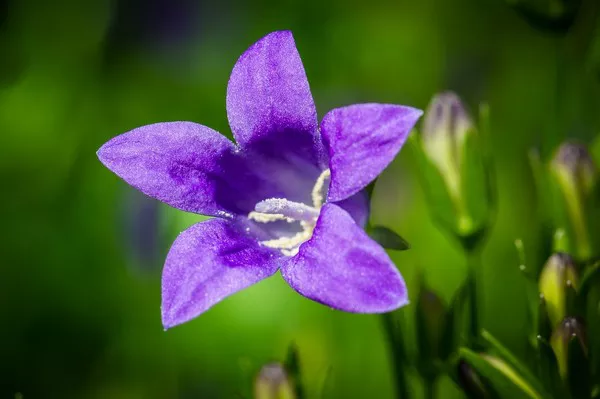Nature’s palette is rich with an array of intricate and captivating floral designs, each species showcasing its unique beauty. Among these, the artichoke flower stands out as a botanical wonder that marries visual allure with culinary delight. In this article, we delve into the world of artichoke flowers, examining their appearance, characteristics, cultivation, and cultural significance.
The Allure of Artichoke Flowers
Artichoke flowers, scientifically known as Cynara cardunculus var. scolymus, possess a captivating charm that captures the attention of beholders. The flowerhead of the artichoke plant is a composite structure, consisting of numerous tiny florets arranged in a tight spiral formation. These florets are further divided into two types: the central florets and the outer ray florets. The central florets are tightly packed, creating a textured and dome-like shape, while the ray florets form a protective layer around the center.
Visual Characteristics
The artichoke flower’s structure is a masterclass in geometry and symmetry. The tightly packed florets in the central region create a sense of depth and intricacy, drawing the observer’s eye into the heart of the flower. The outer ray florets, which are typically larger and more elongated, cascade outward, resembling the petals of a traditional flower.
The color palette of artichoke flowers is equally captivating. Ranging from deep purples and rich maroons to vibrant greens, the hues blend and contrast, forming a visually stunning composition. The transition from the darker shades of the central florets to the lighter shades of the ray florets adds to the flower’s visual depth and complexity.
Cultivation and Care
Cultivating artichoke flowers requires attention to detail and a favorable climate. These plants thrive in temperate regions with mild winters and cool, foggy summers. They prefer well-drained, fertile soil and should be positioned in locations with plenty of sunlight. The cultivation process involves sowing seeds in late winter or early spring, and with proper care, these seeds develop into robust plants that yield the characteristic flowerheads.
Artichoke plants are perennial, but they are often grown as annuals in colder climates due to their sensitivity to frost. Regular watering, occasional fertilization, and the removal of dead or spent flowerheads are essential tasks for maintaining healthy plants that produce vibrant and robust artichoke flowers.
Culinary and Cultural Significance
Beyond their visual appeal, artichoke flowers hold a significant place in the culinary world. While the flowerheads are visually striking, they are not typically consumed in the same way as their namesake edible portion—the artichoke “heart.” The artichoke heart is the tender, fleshy base of the flowerhead and is considered a delicacy in many cuisines.
Cultures across the globe have integrated artichokes into their culinary traditions. From Mediterranean dishes to contemporary gourmet cuisine, the artichoke’s unique flavor and texture have made it a prized ingredient. Its association with refinement and luxury has led to its incorporation into dishes served at upscale restaurants and special occasions.
Symbolism and Artistic Representation
Artichokes have also found their way into various forms of artistic expression. In literature and art, the artichoke’s layered structure has been interpreted as a metaphor for the complexity of human emotions and experiences. Its tough exterior and tender heart are often seen as symbols of protection and vulnerability.
Furthermore, the artichoke flower has inspired artists and artisans alike. Its intricate design and vibrant colors make it a popular subject for botanical illustrations, paintings, and decorative motifs. The artichoke’s unique appearance also serves as a source of inspiration for designers in fields such as fashion, interior decor, and jewelry.
Conclusion
The artichoke flower stands as a testament to the intricate beauty that nature manifests. Its visually captivating structure, coupled with its culinary and cultural significance, makes it a subject of admiration and inspiration. From its tightly packed florets to its rich color palette, the artichoke flower invites us to explore the intersections of art, science, and nature’s creativity. Whether depicted in artwork, gracing a dining table, or thriving in a garden, the artichoke flower continues to evoke wonder and appreciation for the wonders of the natural world.


